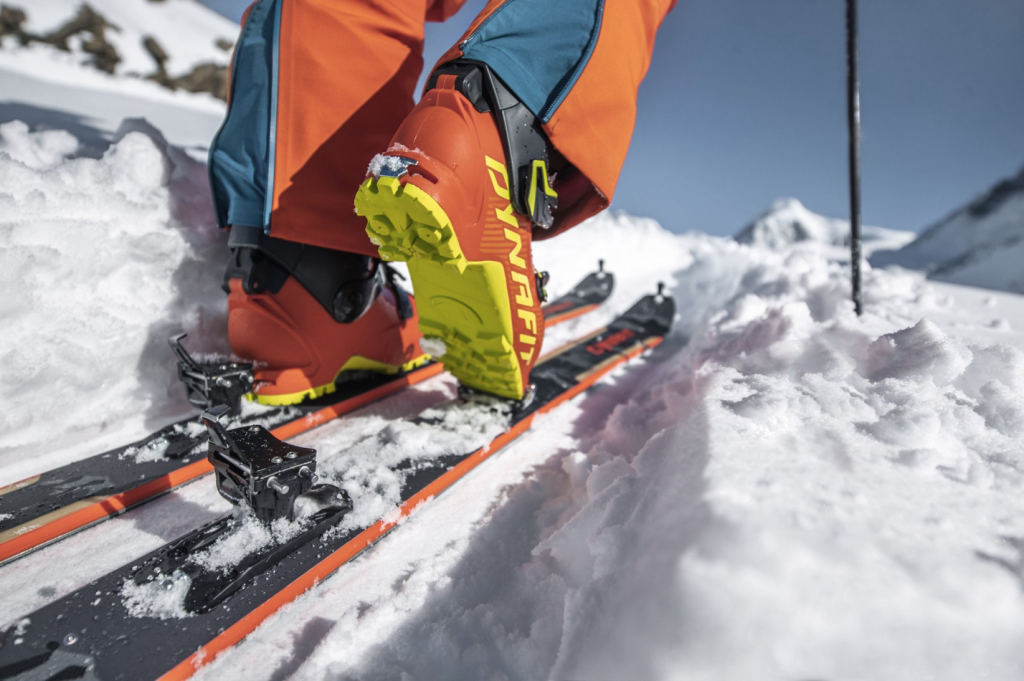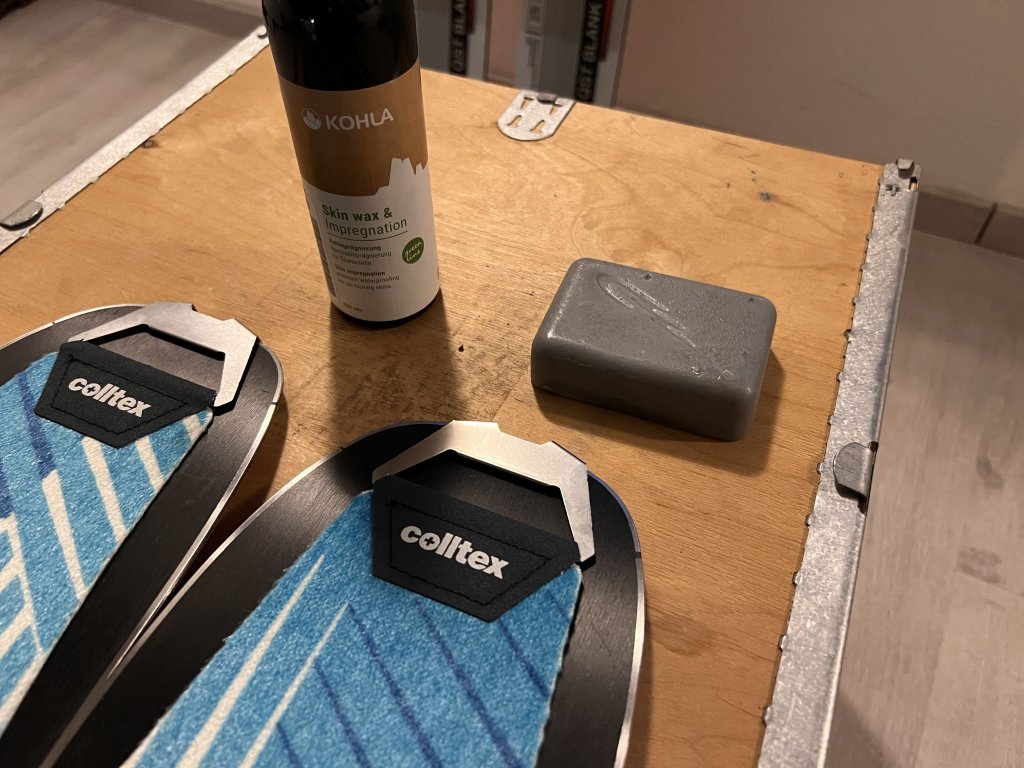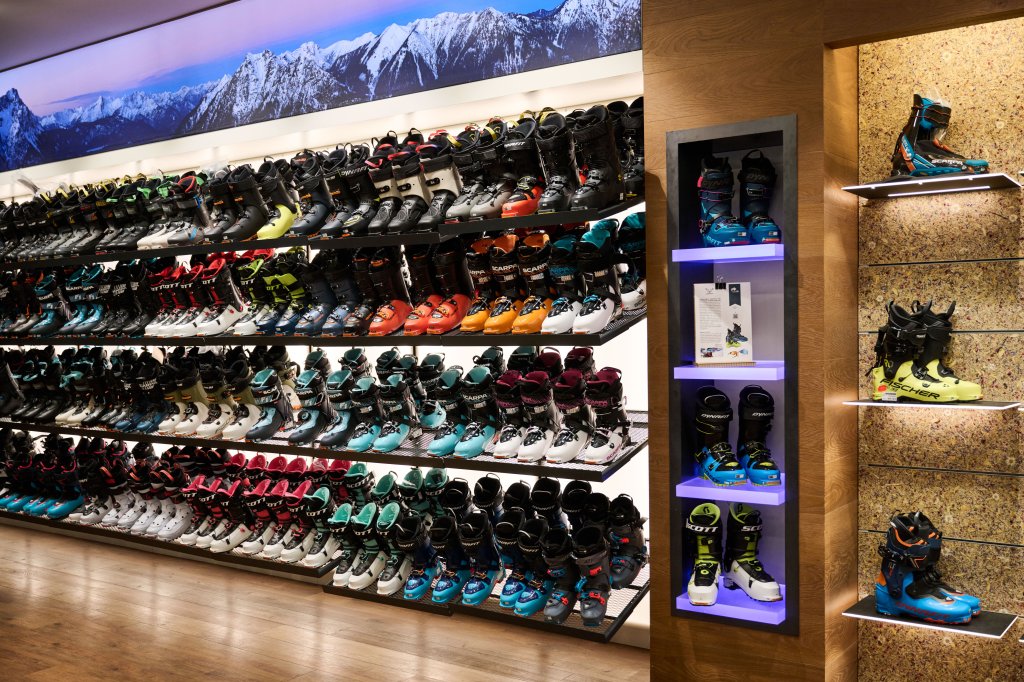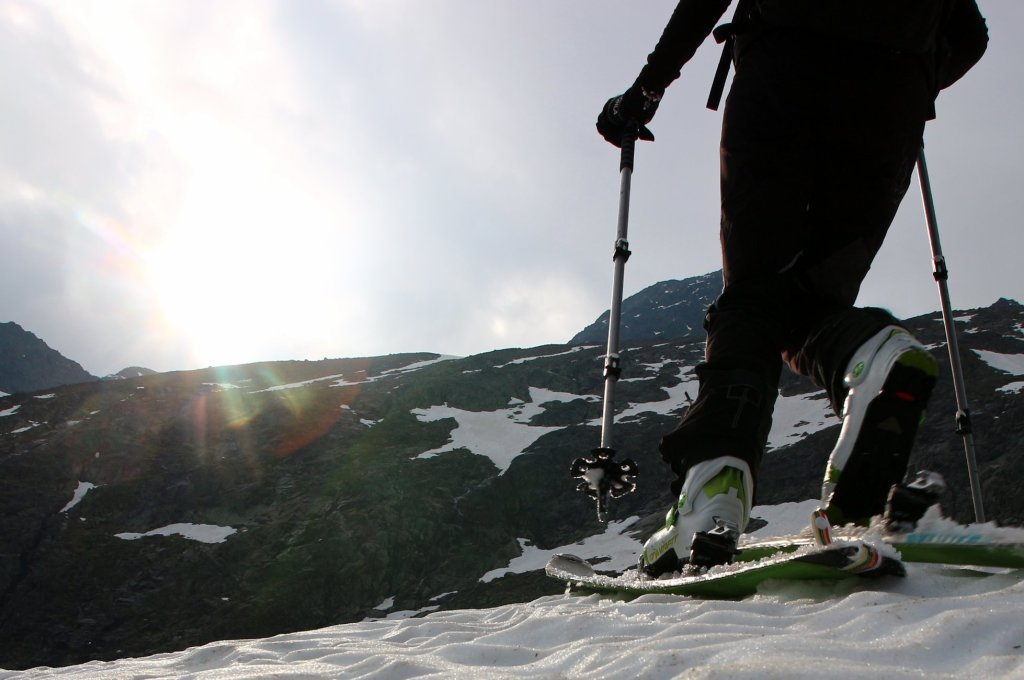Only rarely do you see well-equipped ski tourers with heavy frame bindings, where almost the entire binding and boot have to be lifted in order to be able to move forwards. Touring bindings with pins are the latest trend. Anybody reading this probably know exactly how pin bindings work, nonetheless here is a quick overview.
EquipementCheck | Pin bindings Safety and Variations
Are pin bindings safe and what are the differences?
The expiry of the pin binding patent from 1983, which was held by Dynafit until 2016, marked the end of a monopoly, but also the starting signal for a number of further developments. Even if most pin bindings only have slight modifications to the original patent, there are also one or two developments in the area of safety that deserve attention. First of all: are pin bindings safe?
All touring bindings, including pin bindings, are subject to the ISO 13992 standard. However, most pin bindings fail the TÜV certification, with the exception of Dynafit TLT Radical, Fritschi Vipec 12 and Marker KingPin, for various reasons. The "normal" pin bindings have no adjustable DIN value in the toe piece and also no adjustable contact pressure, which greatly impairs the release behavior. The release in downhill mode is regulated exclusively via the toe piece and is divided into vertical and lateral release. The vertical release is determined by the force required to push the heel pins apart. The lateral release is the force that leads to the rotation of the entire rear cheek. In order for the boot to release from the pins, the spring tension of the pin mechanism must be overcome.
Since the resistance on the toe piece is usually not adjustable and the fear of false release there is quite justified, some winter sports enthusiasts tend to lock their toe pieces on demanding passages, which is not intended by the manufacturers. Locking them means that they can no longer be opened and the boot remains connected to the ski via the pins in the event of a fall. This of course poses a safety risk and can lead to serious injuries. In addition, most pin bindings did not have dynamic length compensation, but this has now become established in almost all downhill-oriented pin bindings and greatly improves the release behavior.
It is also important to set the Z-value correctly, which results from a combination of skiing ability, weight and the above-mentioned ski, boot and binding combination. It is important to ensure that the Z-value is not set too low or too high and to seek advice from a professional (if you are unsure).
Hybrid bindings such as the Salomon Shift, Look Pivot (with CAST system), Marker Duke PT and the B.A.M. Pindung work in a fundamentally different way here, as they function like a fully-fledged alpine binding in downhill mode. In addition, there are other binding manufacturers who have brought an adjustable and sideways-releasing toe piece onto the market. Ski Trab were the first to bring lateral release of the toe piece in combination with forntal release of the rear toe piece onto the market. So far, however, only Fritschi and Ski Trab offer these variants (Ski Trap BINDING TR1, Fritschi Tectron, Fritschi Vipec Evo).
These four bindings lead to another safety-relevant issue, the release behavior on the ascent. With conventional pins, you lock the pins in the ascent (also with all hybrid models). This means that in the event of an avalanche, the skis cannot detach from the boots and pull you deeper into the avalanche like an anchor. The four models mentioned above are not locked during the ascent and therefore also release during the ascent in the event of an avalanche, which offers an advantage over the other variants.
Of course, the right choice of bindings doesn't just include safety-related aspects, but also the area of application. If I "only" ski up the piste, the release on the ascent is probably of secondary importance to me. In general, a distinction can be made between light ascent-oriented bindings and somewhat heavier downhill-oriented bindings. Hybrid bindings always fall into the latter category. Downhill-oriented bindings are now also called freeride bindings, tend to sit on slightly wider skis, have mounts for crampons, a higher adjustable Z-value and a stopper. Ascent-oriented bindings are now extremely light (120-150 g), but offer some disadvantages in terms of safety and comfort. Which binding is the right binding for your ski depends once again on the overall package with skis and boots. Preferences such as the number of climbing aids, the look and other subjective criteria should also not be neglected. It is best to look at the different bindings and proceed according to the exclusion principle or make it easy for yourself and get advice from a professional, e.g. at Sport Conrad.
This article has been automatically translated by DeepL with subsequent editing. If you notice any spelling or grammatical errors or if the translation has lost its meaning, please write an e-mail to the editors.
Show original (German)Related articles
-
EquipmentCheck | Climbing skins
PowderGuide • 04/04/2024The ski touring season has long since begun and you can see ski tourers scaling the mountains everywhere. But what should you look out for while ski touring when it gets warmer? What is the right skin for me? What can I do about stubborn skins? We spoke to Sebastian Dorn from Sport Conrad and put together a brief overview of everything you need to know. -
A Ski Boot Consultation | Visit to Sport Conrad
Klara Stang • 01/04/2024Toni and I (Klara) are visiting Sport Conrad with the mission of getting advice on ski boots. We want to pass on to you, what to look out for when making a purchase. Most people are probably familiar with Sport Conrad as an online ski retailer, but it originated as a family business over 128 years ago from a specialised cobbler's shop. -
Pin bindings part 1: Functionality and standard models
Lukas Ruetz • 02/09/2016Some of the descriptions in this article are linguistically abstract and may be difficult to understand without holding something analog in your hand. I am trying to make the whole thing more or less tangible for low-tech newbies, even if some things are taken for granted by experienced colleagues. Recommendation: A cozy evening at home where you can see some of the points in this article for yourself on a "living object".
Comments
-
hTranslated from German.




